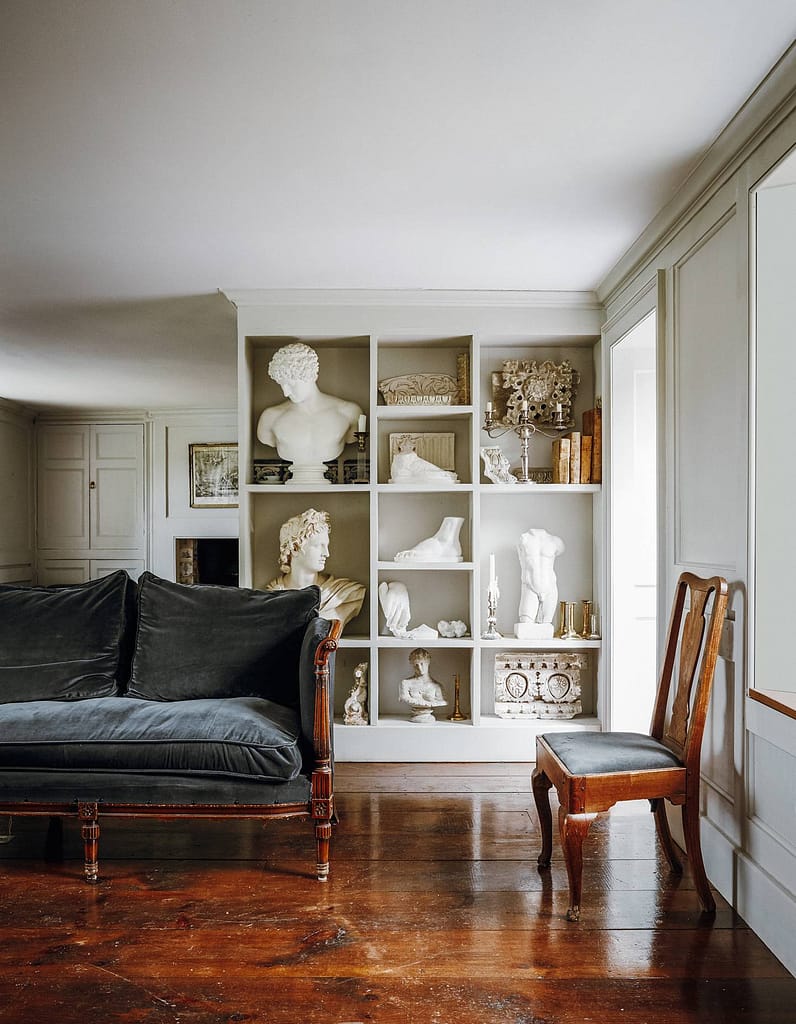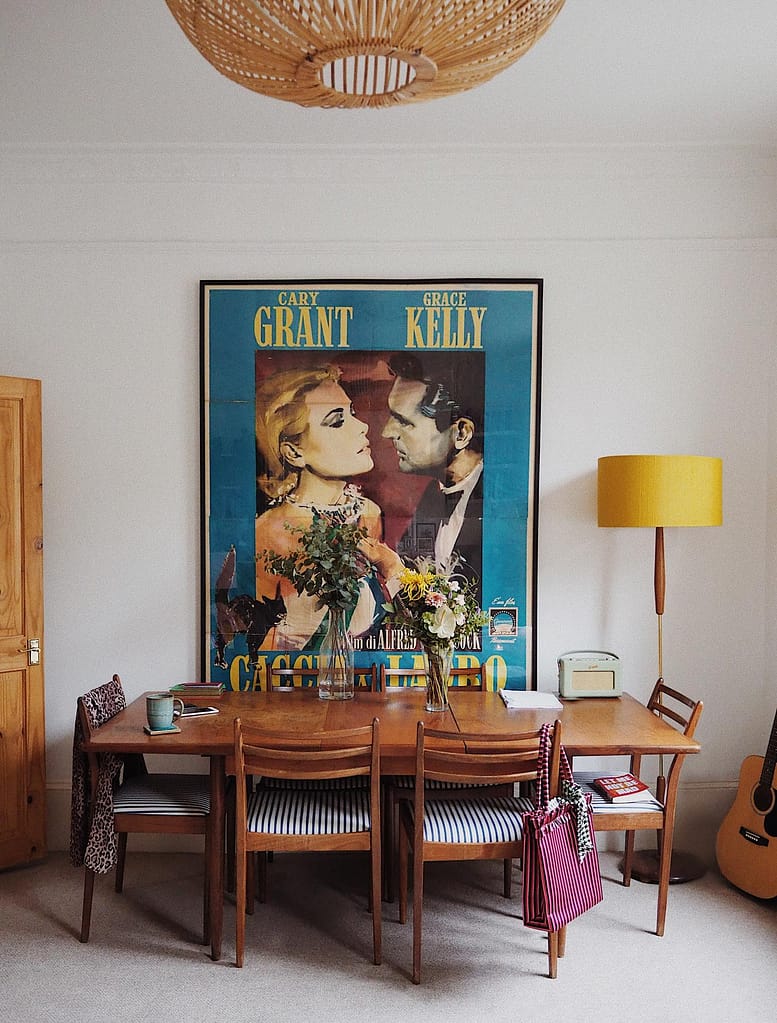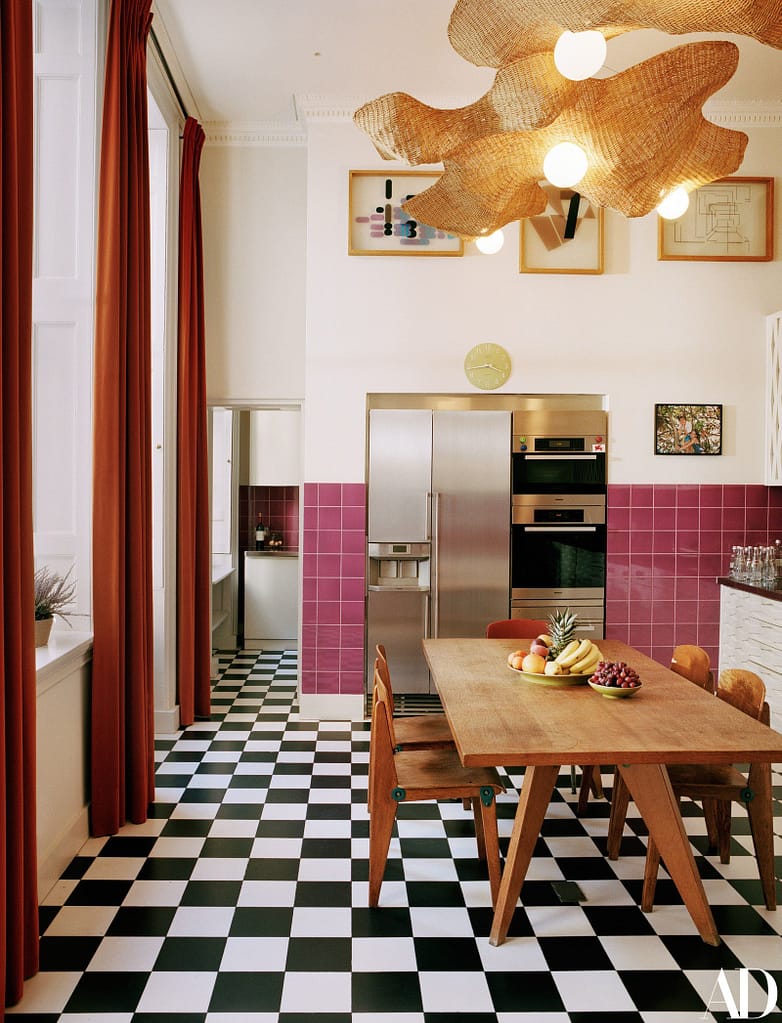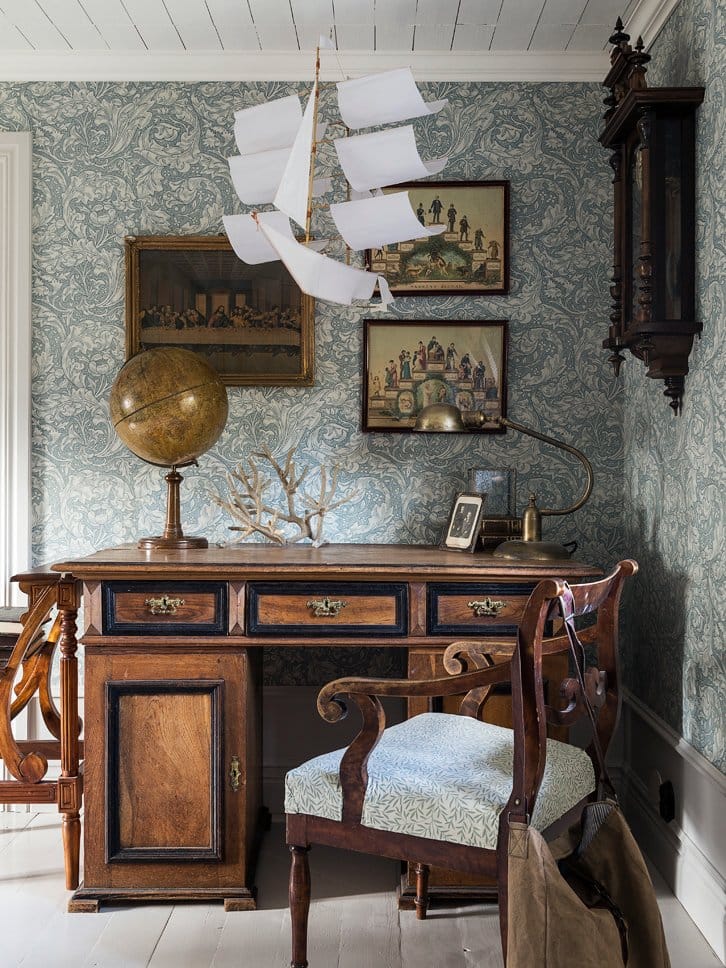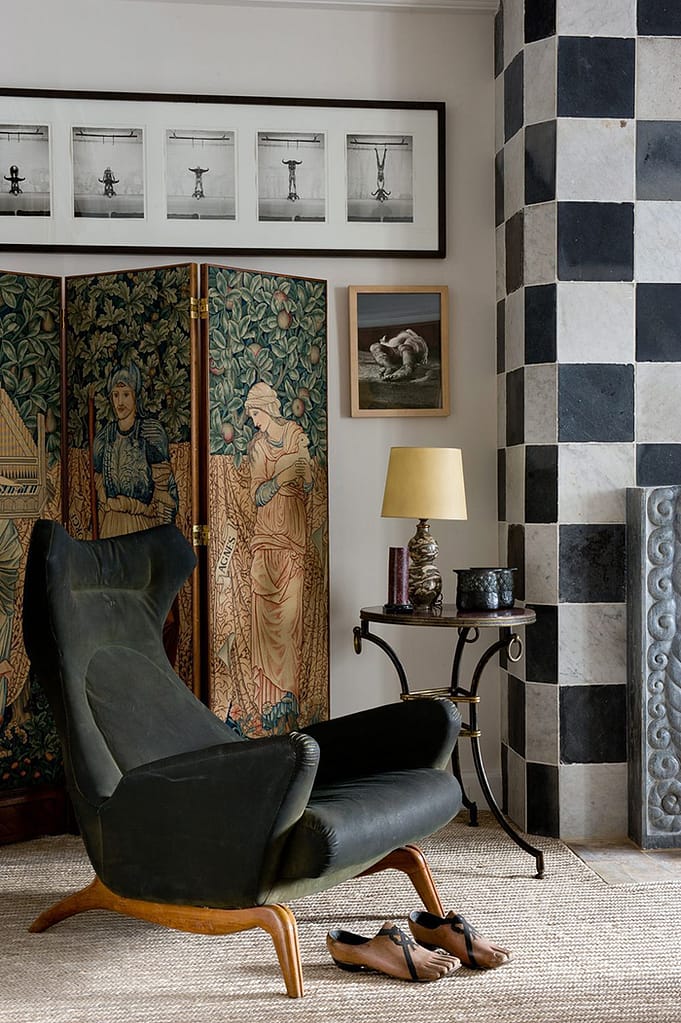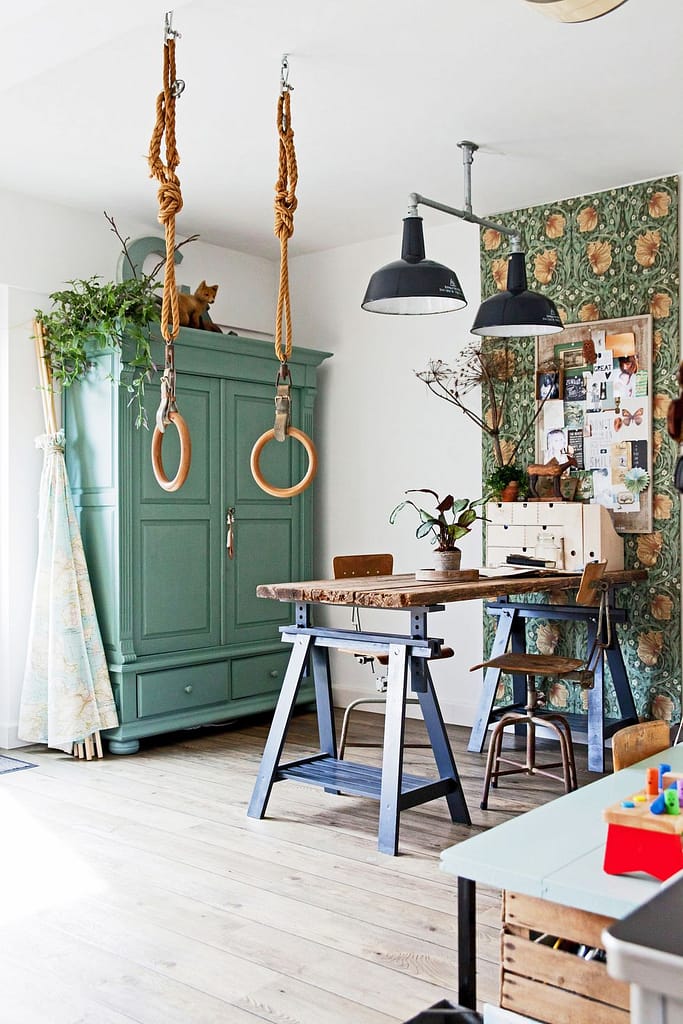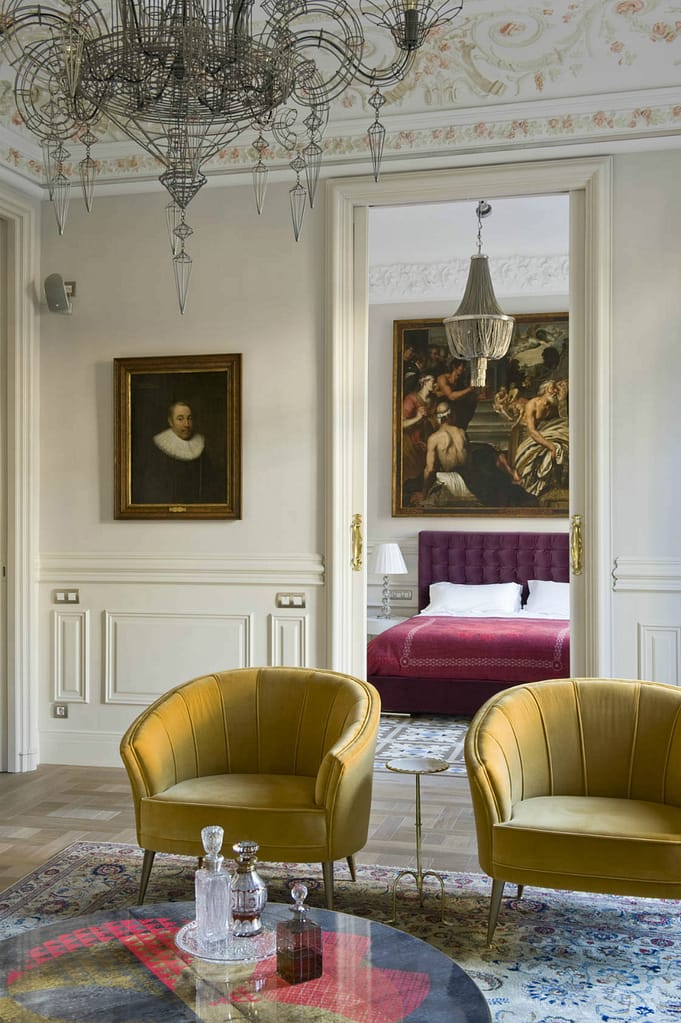Last Updated on March 27, 2025 by SampleBoard
With environmentalism becoming one of the burning mainstream topics, the interest in vintage furniture and decor skyrockets.
Promoting responsible environmental behavior inside a home has long surpassed discussions of chemicals and food and is now extending to objects, materials, and paints.
While the industry explores different production technologies and promotes recycling, millennials' growing popularity of vintage furniture and decor is lighting the way ahead.
In a world where trends ebb and flow like the tides, one particular movement is captivating hearts and imaginations with its timeless allure.
Driven by a deep yearning for the past, the nostalgic charm of vintage furniture is gracefully emerging from the shadows and dancing onto the grand stage of mainstream design.
With each passing day, this resurgent trend is unraveling a tapestry of elegance, sophistication, and unrivaled character, infusing spaces with stories of a bygone era.
Join us as we embark on a journey through this enchanting revival, where the whispers of nostalgia intertwine with the resounding clamor of contemporary design, creating a harmonious symphony of style and creativity.
Welcome to the new era of vintage, where beauty knows no bounds and the allure of the past captivates our present.
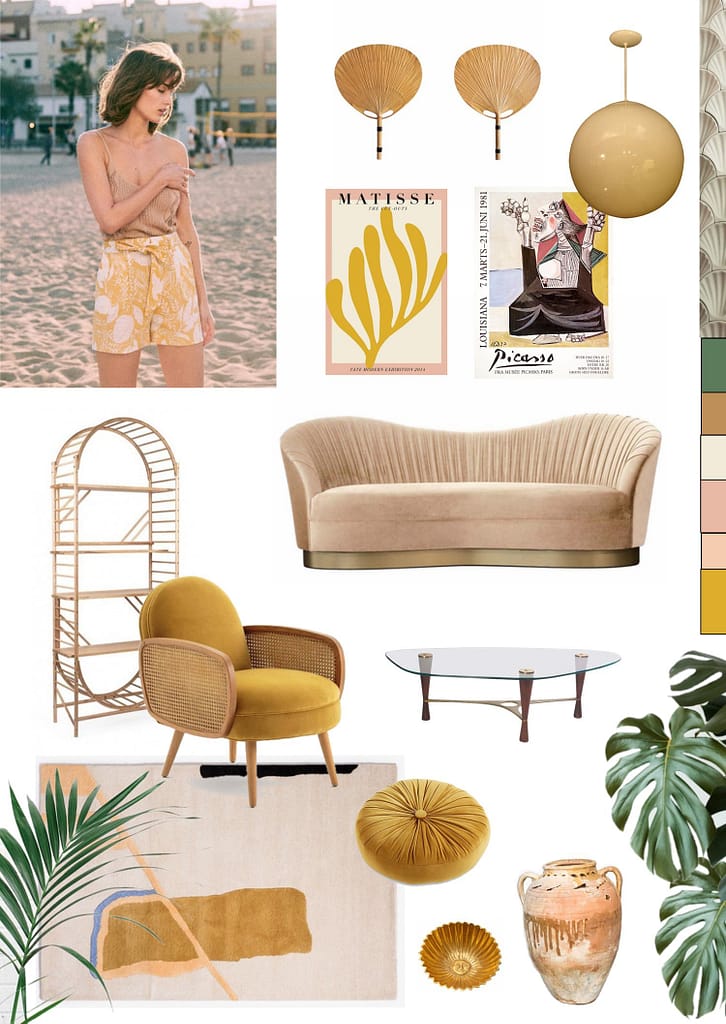
Vintage furniture encompasses a wide range of styles, each with unique characteristics. Here are some notable vintage furniture styles:
The Mid-Century Modern style emerged in the mid-20th century, characterized by clean lines, organic shapes, and functionality.
It showcases the perfect balance between form and function, and iconic designers like Charles and Ray Eames and Hans Wegner have left an indelible mark on this style.
Art Deco came to prominence in the 1920s and 1930s. It featured bold geometric patterns, luxurious materials, and a sleek, streamlined aesthetic.
It is known for its glamorous and opulent appearance, with influences from the machine age and ancient civilizations.
Victorian furniture represents the style popular during Queen Victoria's reign in the 19th century. Ornate details, rich woods, and intricate carvings characterize it.
This style exudes elegance and grandeur, with pieces often showcasing curves, tufting, and decorative motifs.
Scandinavian design originated in the mid-20th century and focuses on simplicity, minimalism, and functionality.
Natural materials, light colors, and clean lines characterize it. Functionality and practicality are key features of this style.
Inspired by the French countryside, French Provincial furniture brings a rustic and charming feel to spaces.
It features intricately carved details, cabriole legs, and a distressed or whitewashed finish. This style conveys a sense of romance and elegance.
Industrial furniture draws inspiration from factories and industrial spaces. It often incorporates elements such as exposed brick, metal, and reclaimed wood.
The style is known for its raw and rugged aesthetic, focusing on functionality and simplicity.
These are just a few vintage furniture styles, each with a unique history and characteristics.
Exploring these styles can add depth, character, and a touch of nostalgia to your living spaces.
In the ever-evolving world of interior design, a captivating phenomenon has emerged, heralding the rise of the “Deinfluencer” in vintage furniture.
With an enchanting blend of creativity and expertise, these daring individuals have ingeniously rejected conventional trends to embrace the timeless allure of vintage pieces.
Guided by an unwavering passion for authenticity and a profound appreciation for craftsmanship from bygone eras, these Deinfluencers effortlessly transport us to a nostalgic realm teeming with character and history.
Their spaces become portals into forgotten worlds, where stories are whispered through each meticulously curated chair or weathered table.
Through their artful curation and keen eye for detail, they breathe new life into previously overlooked treasures, allowing them to reclaim their rightful place at the forefront of contemporary design.
Unfazed by fleeting fads or mass-produced monotony that pervades modern living spaces, these visionaries carve out sanctuaries brimming with soulful connections between past and present; reverberating with whispers from generations long gone but not forgotten.
In this vast universe fueled by aesthetic eclecticism and boundless imagination lies a newfound reverence for quality over quantity.
A powerful movement spearheaded by passionate Deinfluencers.
Who challenges us all to embrace our individuality while celebrating the beauty found within aged timbers and worn leathers.

Over the past few decades, fast furniture has taken over the industry landscape.
Cheap and handy, disposable flatpacks gradually crept into our lives, promising simple and carefree solutions to our changing lifestyle needs.
With mobility on the rise, it is tempting to consider furniture a temporary solution—objects of function built to last a couple of years before being discarded.
However, the pressure on the environment this mindset has produced over the years is increasing. We can no longer ignore it and pretend like this is a sustainable practice.
The origin of the materials used for production is also being looked into.
Environmentally safe processes and sustainable sources might increase the price of furniture, but buyers seem willing to compensate the brands for their responsible behavior.

But no matter how much we try to do good and use only cautious materials and practices, new products still feed the consumerist beast.
However, opting for vintage means using what’s already there. It means paying homage to the skills of the craftsmen of yesteryear and embracing quality that has stood the test of time.
By choosing vintage, we are recycling and getting our hands on furniture that will last for decades, so there is no more pressure on the landfills.
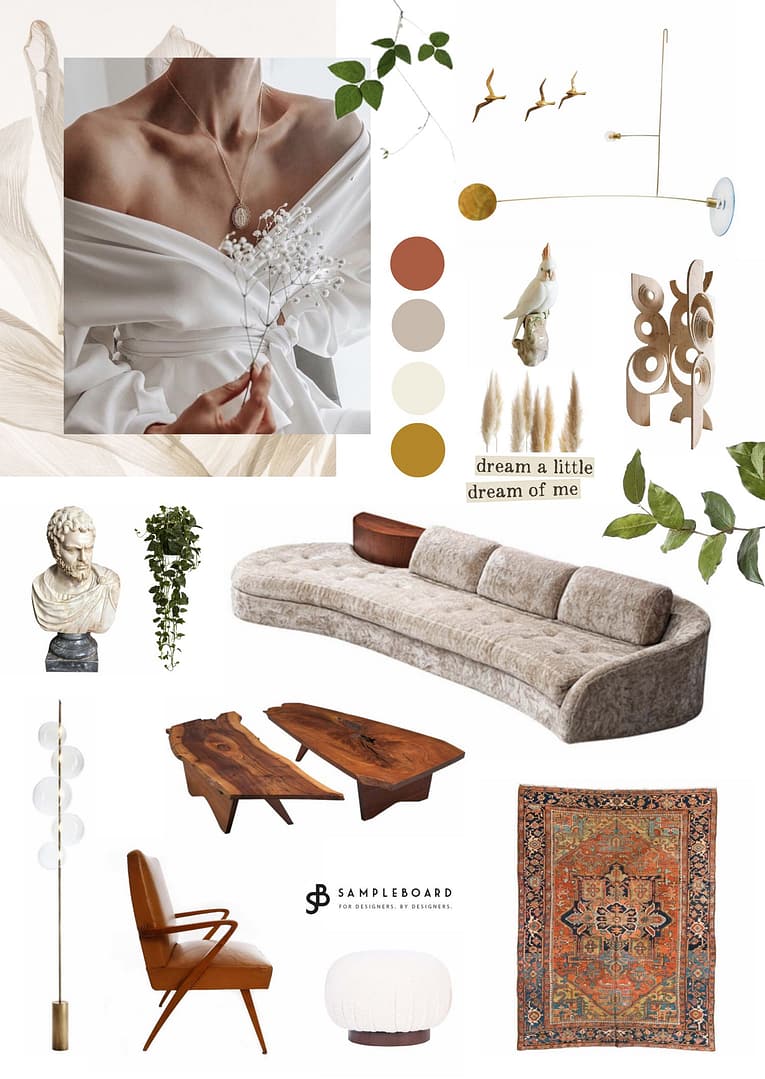
While mass-produced furniture shaped the industry landscape, our styles started to fade. But until we opened our doors to social media, we couldn’t imagine how uniform our homes would become.
These pieces are not only rare (sometimes even unique), but they also allow for experimentation and personalization.
A touch of paint or a simple upholstery job can turn a drab thrift find into a collectible.

Vintage furniture comes with a story.
Discovering the remarkable history of the object brings a thrill and makes us appreciate it even more.
Tapping into why we so desperately crave narratives might be a sad adventure, but what’s certain is that we will continue to favor home decorating trends that favor authenticity and imperfection.
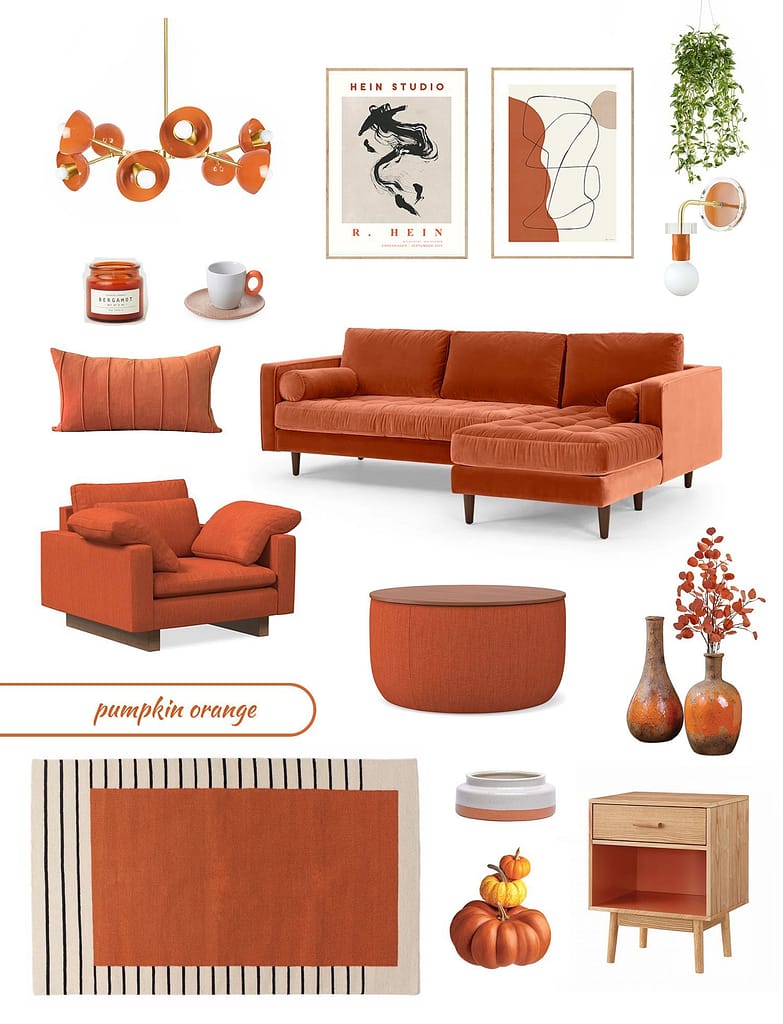
Worn pieces with patina and minor scratches make us feel relaxed about how we live in our homes. Reminding us that nothing is too precious eases our acceptance of the natural decay of things.
Before you know it, cookie-cutter interiors start to wear off.
Still, homes that take time to unfold through layering antiques with new pieces are interesting because they appear timeless, unique, and highly personal.
Depending on what you are looking for and how patient and dedicated you are, vintage and antique pieces can cost anything from a dime to a fortune.
However, what is certain is that they hold the value and superior quality of their build.
One of the easiest ways to find vintage furniture is to search for it online. Various websites, such as House Beautiful and Veranda, have curated a list of the best places to buy vintage furniture online.
These websites have provided insights into where vintage furniture can be found, such as antique stores, flea markets, online marketplaces like Etsy and Chairish, estate sales, and garage sales.
Another way to find vintage furniture is by checking out local thrift stores and consignment shops. These places often have unique vintage pieces that can add character to any space.
Finally, consider checking out vintage markets in your area. These markets are often held regularly and provide an opportunity to see and purchase many different types of vintage pieces.
As we draw the final strokes on this canvas of timeless elegance, let us explore the vintage furniture trend to a resounding crescendo.
Amidst the bustling landscape of ever-evolving design preferences, vintage furniture is a beacon of sustainability and environmental consciousness.
In a world increasingly aware of the impact of our choices, the revival of vintage furniture holds a profound meaning.
It signifies a departure from the mass production and disposable consumption culture and a return to the embrace of enduring quality and craftsmanship.
By choosing vintage pieces, we contribute to preserving our planet, effortlessly melding style with a profound sense of responsibility.
Vintage furniture embodies the essence of sustainability. It breathes new life into pieces of the past, saving them from abandonment and revitalizing their inherent beauty.
Bringing these treasures into our living spaces reduces the demand for new production, curbing resource depletion and lessening environmental strain.
Each vintage piece is a testament to the belief that style and sustainability need not be at odds but can exist in harmonious unity.
Embracing the vintage furniture trend goes beyond aesthetics and nostalgia—it becomes a conscious decision to adopt a more environmentally conscious way of life.
Through this enchanting journey, we elevate our interiors and contribute to a future where circularity and mindful consumption shape our world.
As interior designers, we wield the power to weave a tale of transformation and transcendence.
As we curate spaces that reflect our client's unique styles and honor the planet we call home, the vintage furniture trend becomes an imperative conduit of change.
Let it be our guiding light, inspiring us to reimagine possibilities, breathe life into forgotten treasures, and, ultimately, build a more sustainable and harmonious world.
In this final brushstroke, we champion the vintage furniture trend as a testament to the profound impact we can have when beauty and environmental consciousness intertwine.
As we bid farewell to this exploration, let us carry the torch of sustainability forward, igniting change one vintage piece at a time.
Together, we shape the future, celebrate the past, and create a more beautiful, sustainable world. Let this be our legacy.
Tell us, are your clients tapping into the vintage furniture trend or are they more interested in cheap and easy solutions?
